Natural Soy Lecithin (CAS No.: 8002-43-5, E Number: E322) is a phospholipid-rich extract derived from non-GMO soybeans, appearing as a light yellow to amber viscous liquid or powder.
| Availability: | |
|---|---|
| Quantity: | |











Tailored for dietary supplements, it features ≥95% total phospholipids (including ≥20% phosphatidylcholine, ≥15% phosphatidylethanolamine), moisture content ≤ 1.0%, and acid value ≤ 30 mg KOH/g. Compliant with FDA 21 CFR §184.1400, EU Regulation (EC) No. 1333/2008, and China’s GB 1886.234-2016, it is free of trans fats (< 0.1%) and heavy metals (lead ≤ 0.3ppm)
Supplement Emulsification: Stabilizes oil-based supplement formulations (e.g., omega-3 softgels) for 24 months, reducing phase separation by 95% compared to unemulsified blends
Nutrient Bioavailability: Enhances absorption of fat-soluble vitamins (A, D, E, K) by 40% and curcumin by 3x in oral supplements, per in vitro dissolution studies
Clean Label Compliance: 100% plant-derived, non-GMO certified, and free of artificial solvents—aligning with 82% of consumers seeking natural supplement ingredients
Oxidative Stability: Contains natural tocopherols (≥ 0.5%) that extend supplement shelf life by 12 months under ambient storage (25°C, 60% RH)
Cost-Effective: Requires only 1%–3% addition in softgel formulations, reducing production costs by 25% vs. sunflower lecithin
Softgel Supplements: Added at 2%–3% in omega-3 and CoQ10 softgels. Improves content uniformity and prevents leakage during 2-year storage
Powdered Supplements: Incorporated at 1%–2% in protein powders and multivitamin blends. Eliminates clumping and enhances dispersion in water within 15 seconds
Liquid Formulas: Used at 0.5%–1.5% in oral suspensions. Stabilizes fat-soluble nutrients and improves mouthfeel (reduces fishy aftertaste in omega-3 liquids)
Tablet Coatings: Mixed at 1%–2% in tablet binders. Improves tablet disintegration rate by 30% and reduces sticking to manufacturing equipment

Q: How does soy lecithin differ from sunflower lecithin in supplements?
A: Soy lecithin has 2x higher phosphatidylcholine content (20% vs. 10% in sunflower) for better brain health claims, and costs 30% less—ideal for cost-sensitive supplement lines
Q: Is it safe for soy-allergic consumers?
A: Yes. Our refined soy lecithin contains < 5ppm soy protein, meeting FDA’s "soy-free" threshold (< 20ppm) and suitable for most soy-allergic individuals
Q: What storage conditions preserve its functionality?
A: Store in sealed containers at 15°C–25°C, away from light. Liquid form has a 18-month shelf life; powder form extends to 24 months without refrigeration
Tailored for dietary supplements, it features ≥95% total phospholipids (including ≥20% phosphatidylcholine, ≥15% phosphatidylethanolamine), moisture content ≤ 1.0%, and acid value ≤ 30 mg KOH/g. Compliant with FDA 21 CFR §184.1400, EU Regulation (EC) No. 1333/2008, and China’s GB 1886.234-2016, it is free of trans fats (< 0.1%) and heavy metals (lead ≤ 0.3ppm)
Supplement Emulsification: Stabilizes oil-based supplement formulations (e.g., omega-3 softgels) for 24 months, reducing phase separation by 95% compared to unemulsified blends
Nutrient Bioavailability: Enhances absorption of fat-soluble vitamins (A, D, E, K) by 40% and curcumin by 3x in oral supplements, per in vitro dissolution studies
Clean Label Compliance: 100% plant-derived, non-GMO certified, and free of artificial solvents—aligning with 82% of consumers seeking natural supplement ingredients
Oxidative Stability: Contains natural tocopherols (≥ 0.5%) that extend supplement shelf life by 12 months under ambient storage (25°C, 60% RH)
Cost-Effective: Requires only 1%–3% addition in softgel formulations, reducing production costs by 25% vs. sunflower lecithin
Softgel Supplements: Added at 2%–3% in omega-3 and CoQ10 softgels. Improves content uniformity and prevents leakage during 2-year storage
Powdered Supplements: Incorporated at 1%–2% in protein powders and multivitamin blends. Eliminates clumping and enhances dispersion in water within 15 seconds
Liquid Formulas: Used at 0.5%–1.5% in oral suspensions. Stabilizes fat-soluble nutrients and improves mouthfeel (reduces fishy aftertaste in omega-3 liquids)
Tablet Coatings: Mixed at 1%–2% in tablet binders. Improves tablet disintegration rate by 30% and reduces sticking to manufacturing equipment

Q: How does soy lecithin differ from sunflower lecithin in supplements?
A: Soy lecithin has 2x higher phosphatidylcholine content (20% vs. 10% in sunflower) for better brain health claims, and costs 30% less—ideal for cost-sensitive supplement lines
Q: Is it safe for soy-allergic consumers?
A: Yes. Our refined soy lecithin contains < 5ppm soy protein, meeting FDA’s "soy-free" threshold (< 20ppm) and suitable for most soy-allergic individuals
Q: What storage conditions preserve its functionality?
A: Store in sealed containers at 15°C–25°C, away from light. Liquid form has a 18-month shelf life; powder form extends to 24 months without refrigeration
Natural Source: Derived from soybeans, soy lecithin is safe, non-toxic, and suitable for a variety of consumer groups, including those seeking natural ingredients.
Versatile Functionality: Acts not only as an emulsifier but also as a stabilizer, improving the overall quality of products across diverse applications.
Enhanced Nutritional Value: Rich in phospholipids, soy lecithin contributes to the nutritional profile of food products, providing health benefits such as improved cholesterol levels.
Improved Texture: Enhances the mouthfeel and creaminess of food products, making them more enjoyable to consume.
Effective in Various Conditions: Functions well in both hot and cold applications, making it suitable for a wide range of recipes and formulations.
Cost-Effective: Provides a cost-efficient solution for improving product quality without significantly increasing production costs.
Overall, soy lecithin is an essential ingredient in the food industry, significantly enhancing the texture, stability, and nutritional value of a variety of food products.
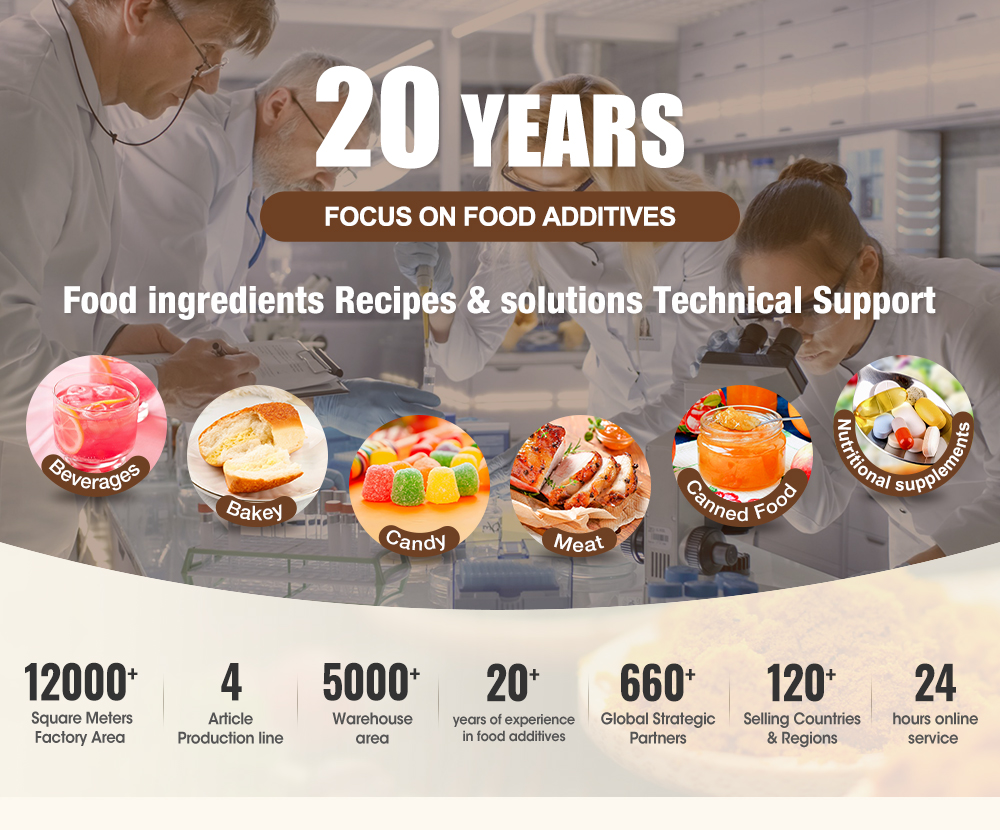
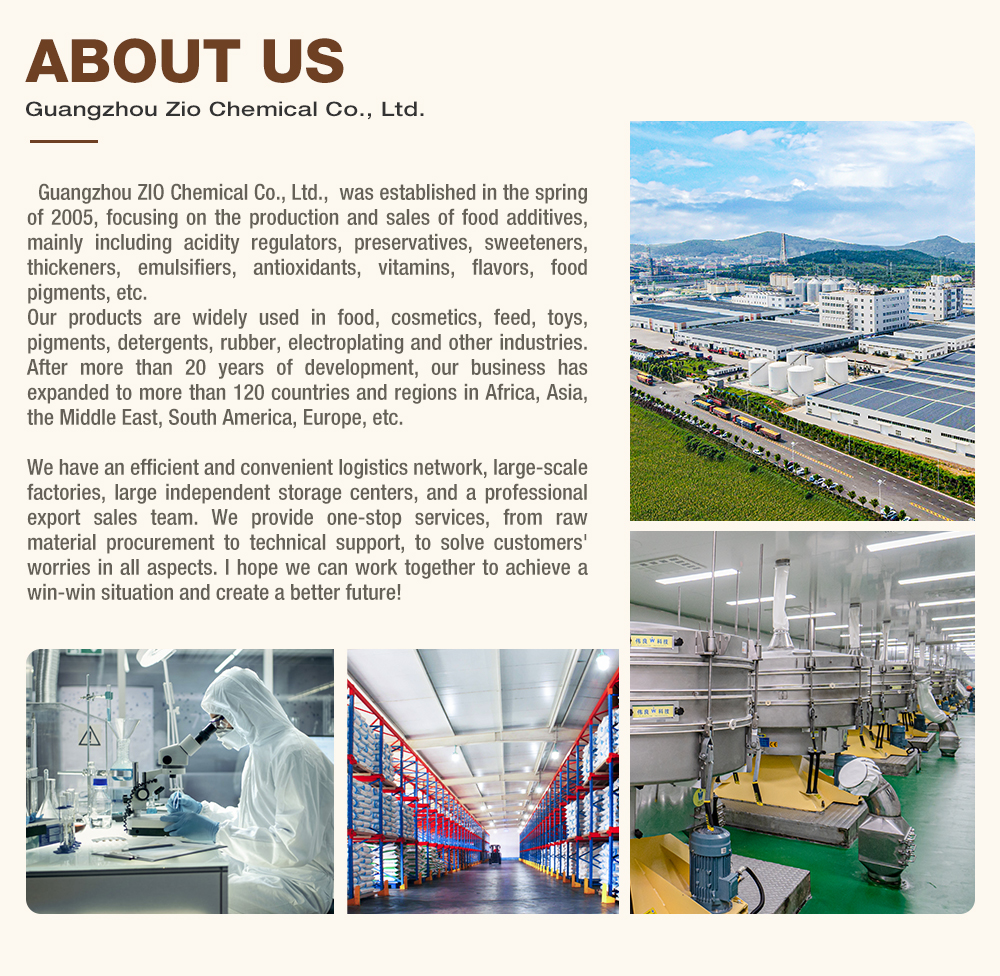
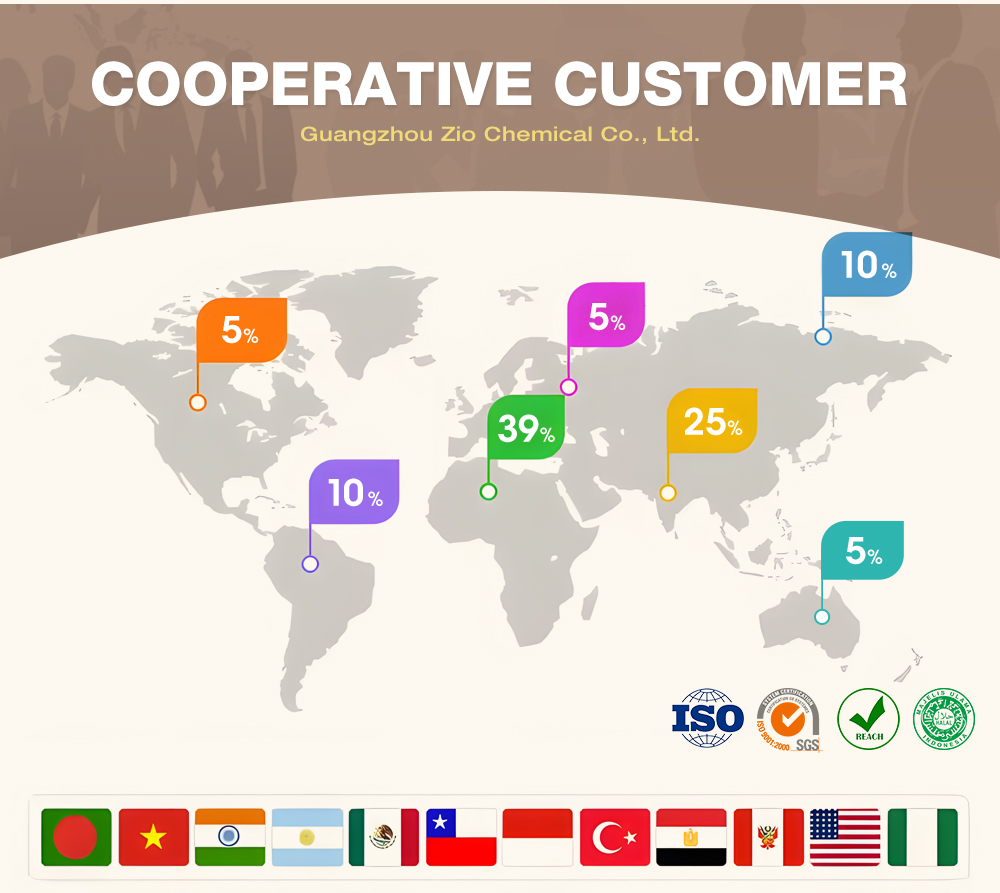
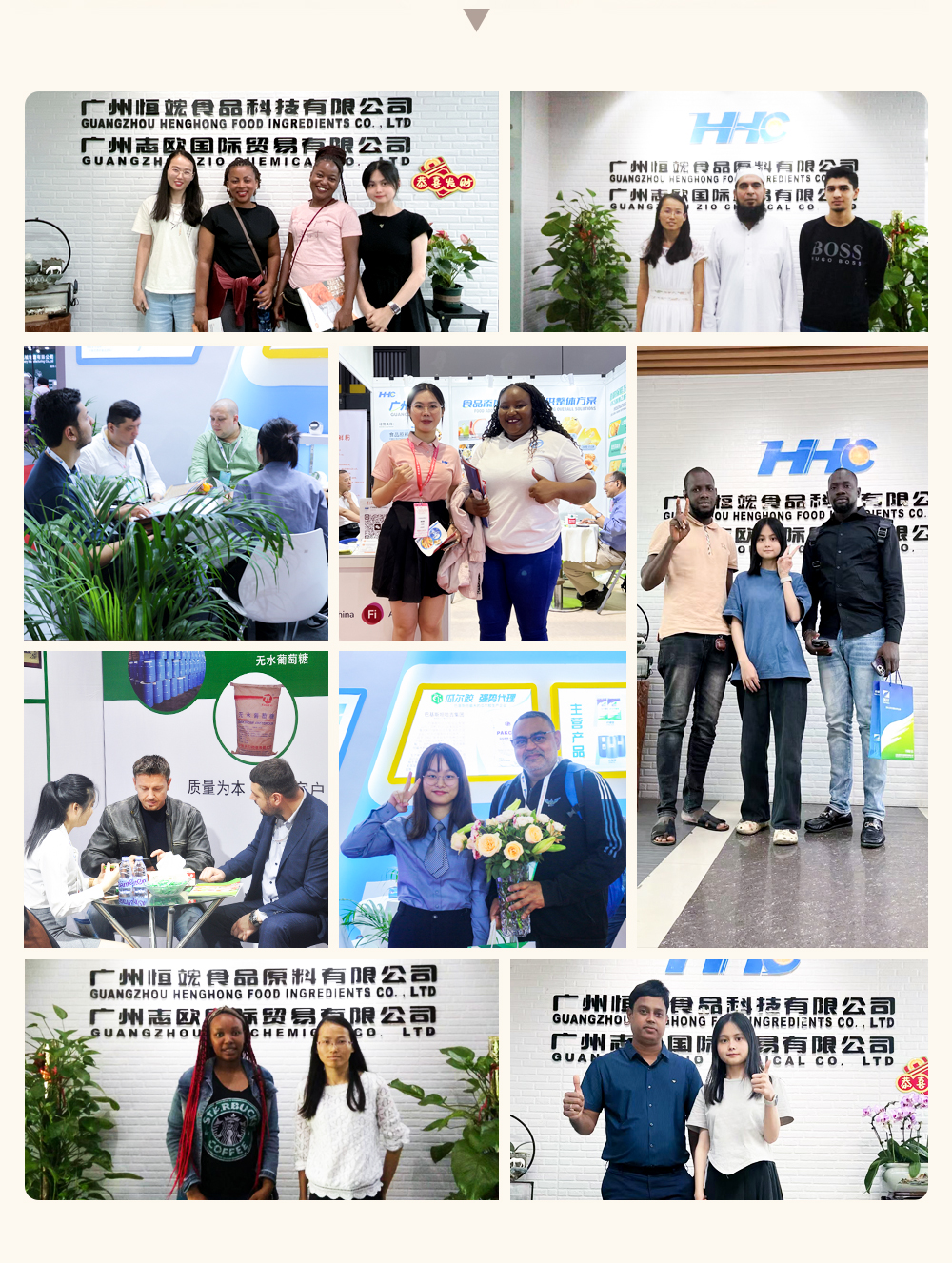
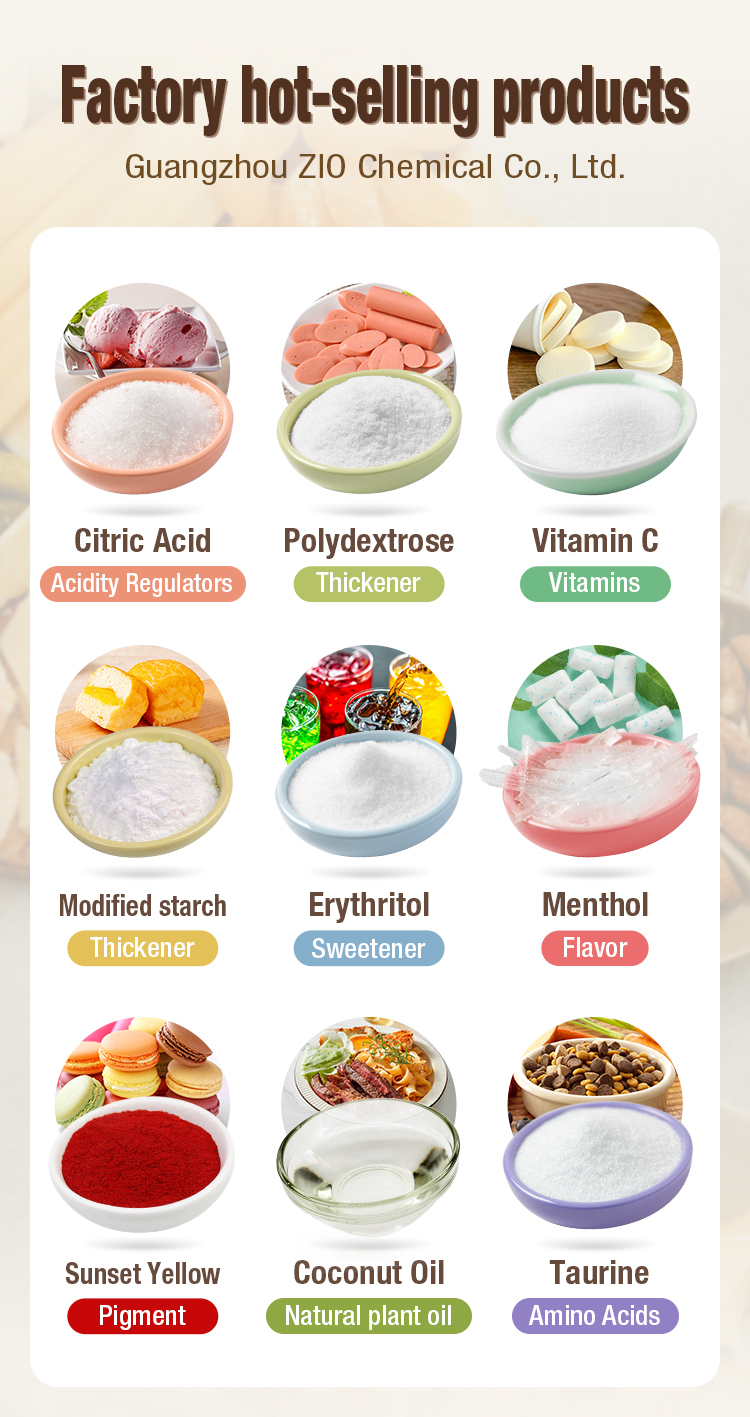

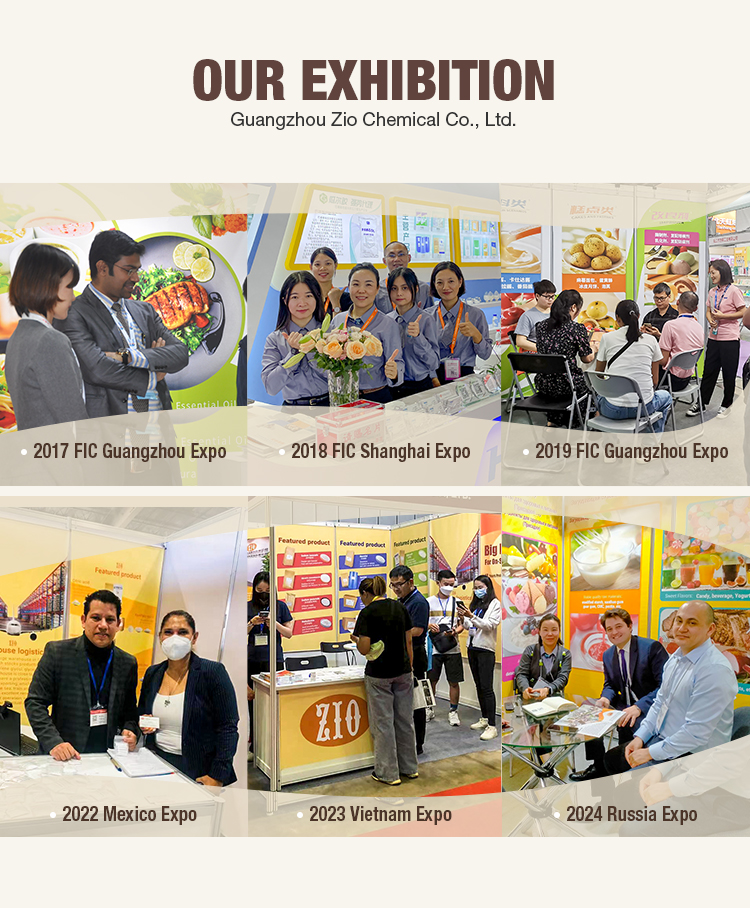
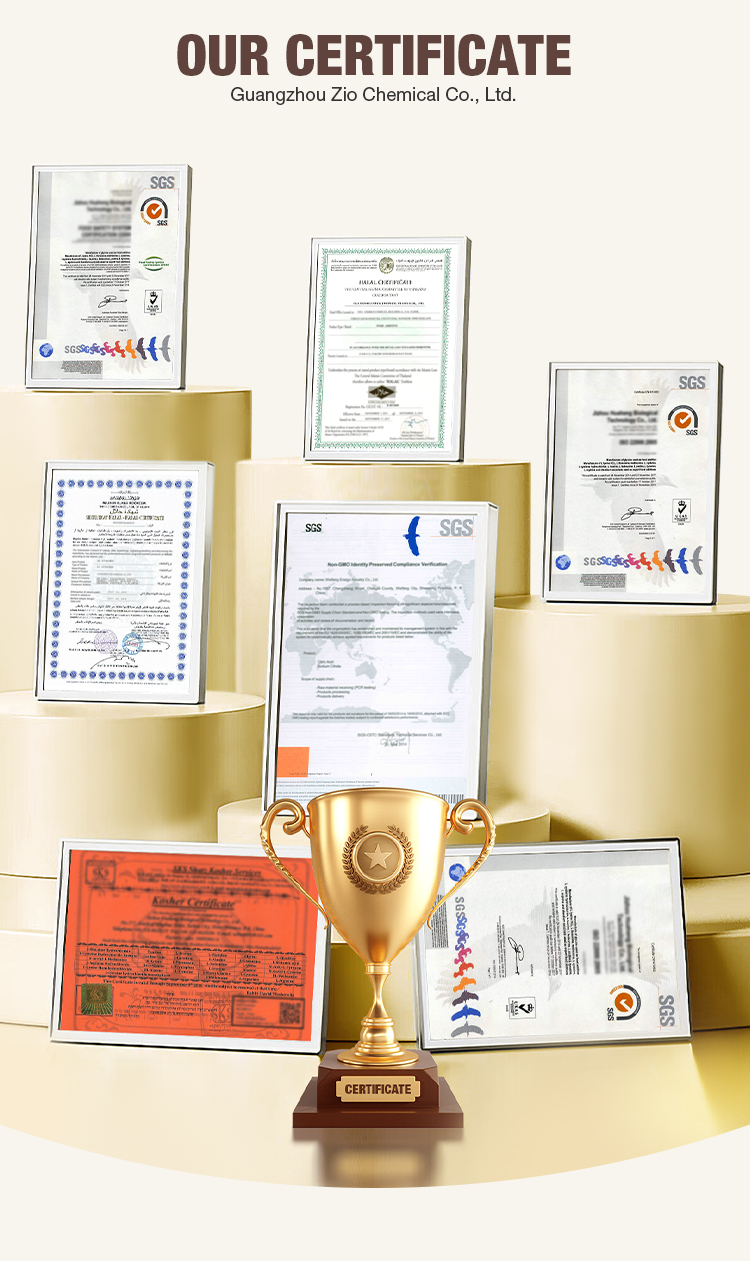
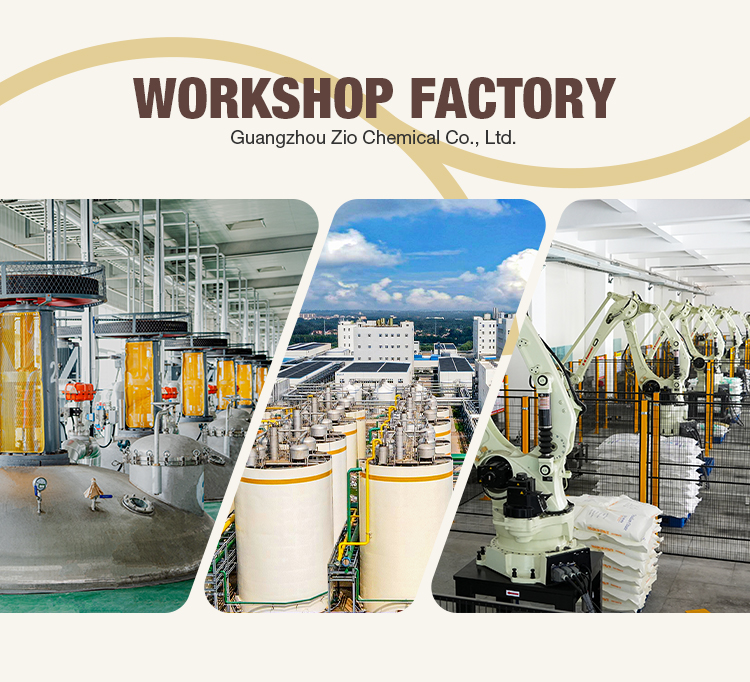
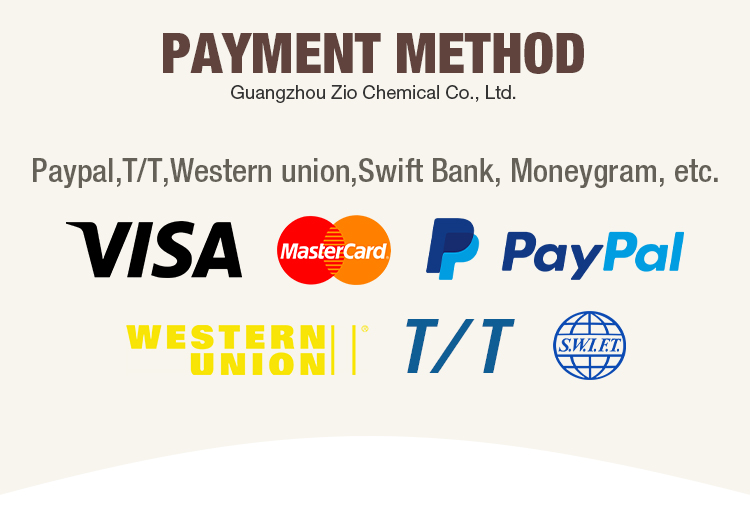
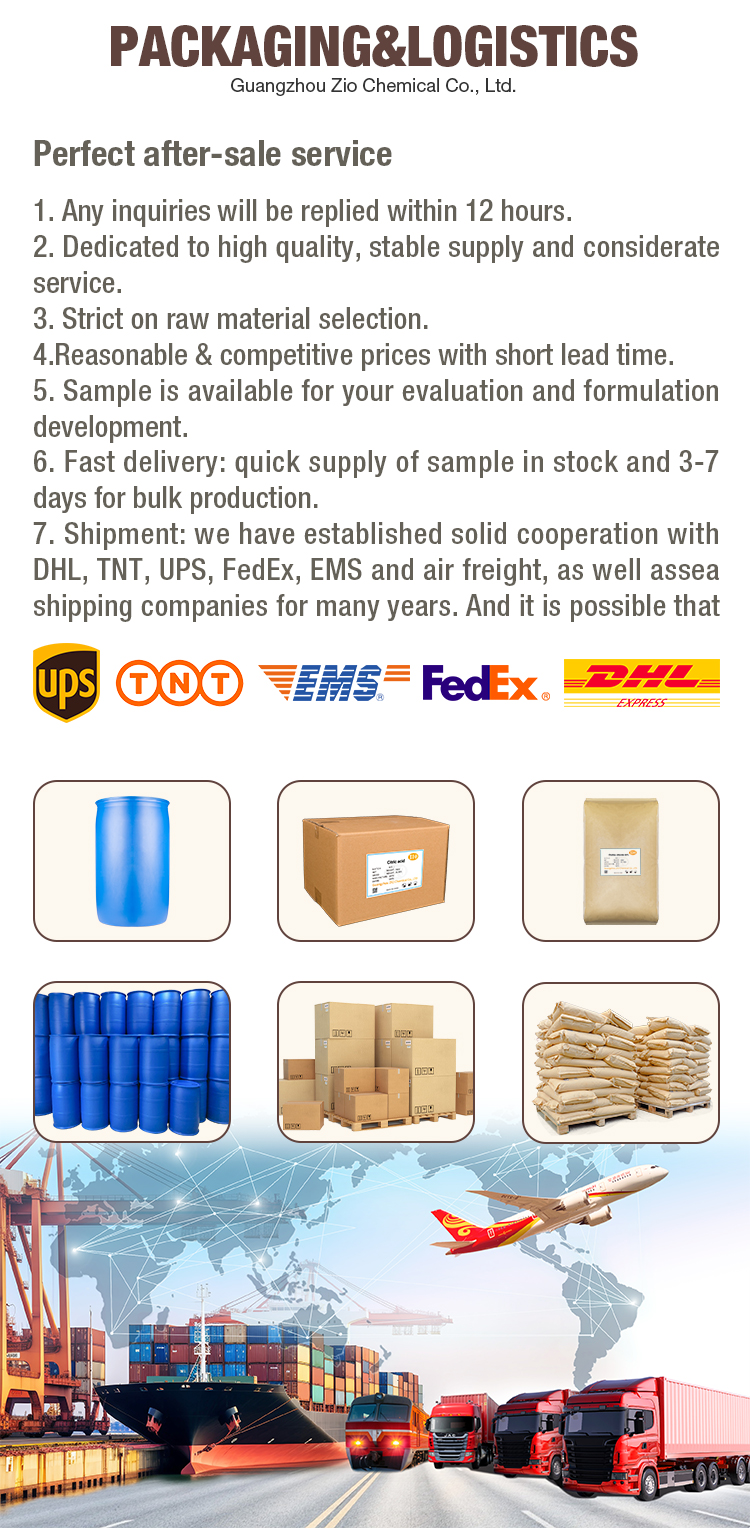
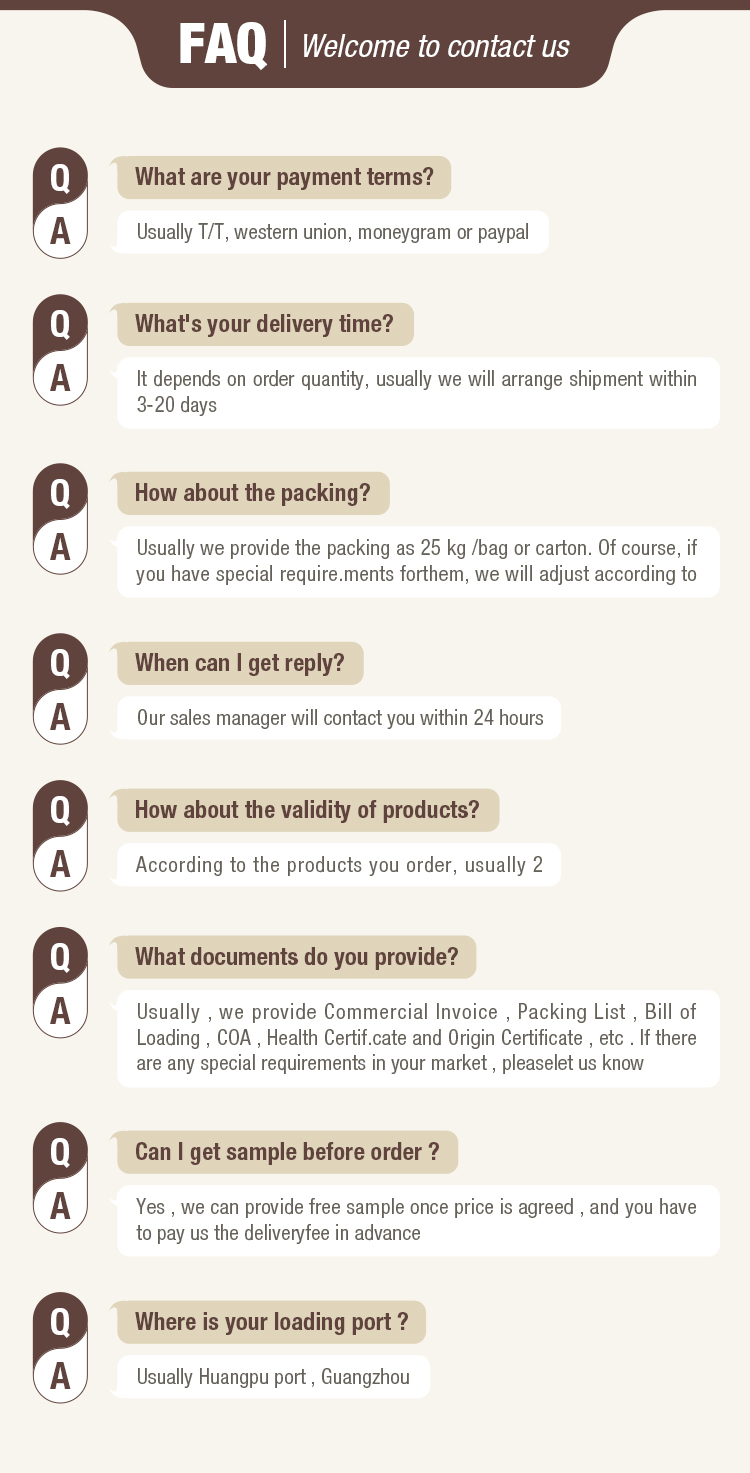
Natural Source: Derived from soybeans, soy lecithin is safe, non-toxic, and suitable for a variety of consumer groups, including those seeking natural ingredients.
Versatile Functionality: Acts not only as an emulsifier but also as a stabilizer, improving the overall quality of products across diverse applications.
Enhanced Nutritional Value: Rich in phospholipids, soy lecithin contributes to the nutritional profile of food products, providing health benefits such as improved cholesterol levels.
Improved Texture: Enhances the mouthfeel and creaminess of food products, making them more enjoyable to consume.
Effective in Various Conditions: Functions well in both hot and cold applications, making it suitable for a wide range of recipes and formulations.
Cost-Effective: Provides a cost-efficient solution for improving product quality without significantly increasing production costs.
Overall, soy lecithin is an essential ingredient in the food industry, significantly enhancing the texture, stability, and nutritional value of a variety of food products.











